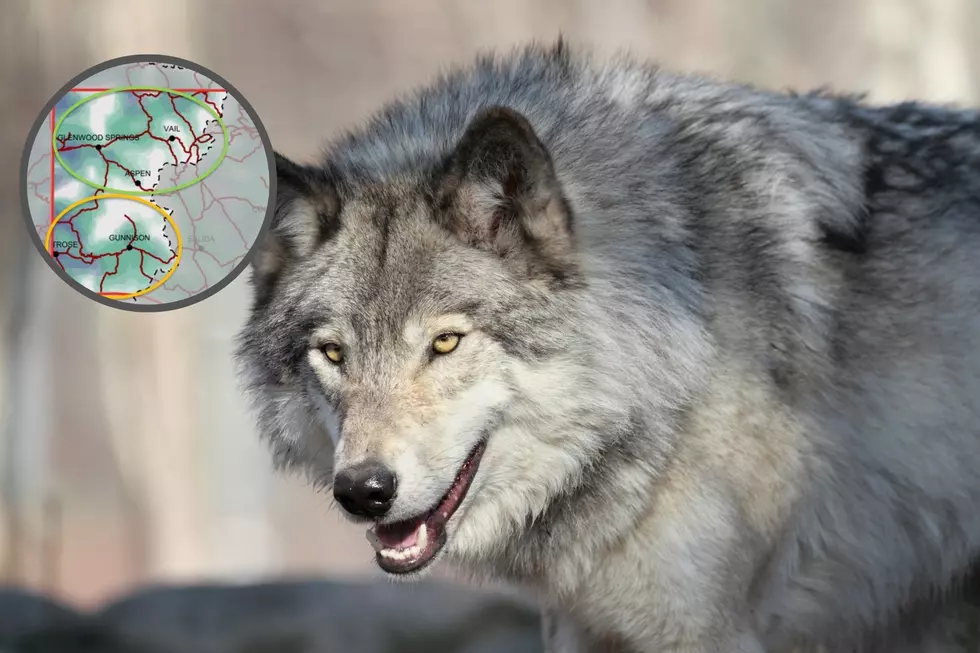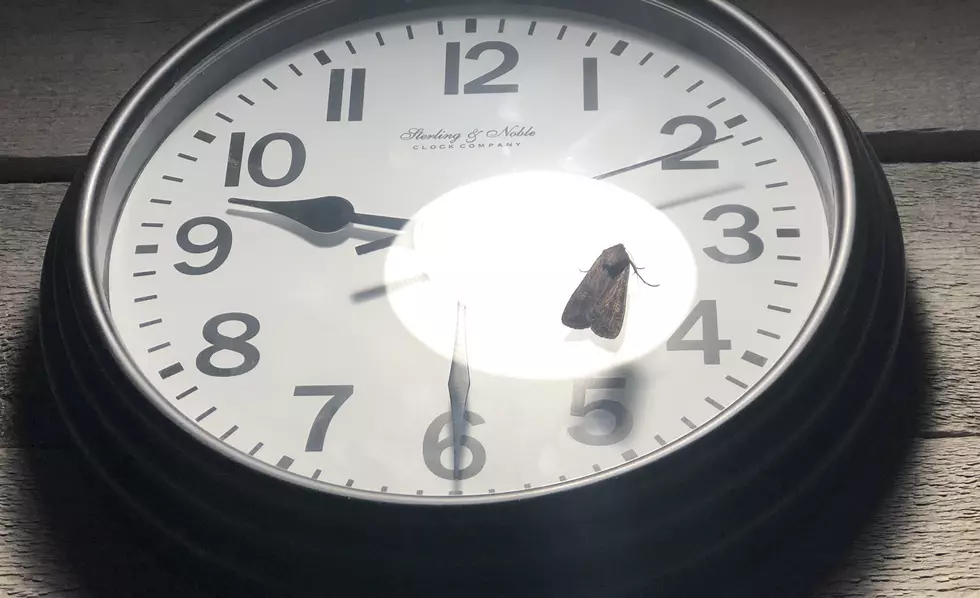
That’s a Pronghorn, Not an Antelope, Get it Right Colorado
Growing up in Colorado I easily know the difference between a mule deer doe and a mule deer buck and a cow elk and a bull elk.
The first time I saw something new was on my way to Windsor about 10 years ago. There were tan and white animals with small black horns standing in a field. I took a guess that it was an antelope, referencing some vague source in my brain. I had never heard of a Pronghorn, but that's actually what it was.
After reading about Pronghorns on the USDA website I learned the Pronghorn here in the Great Plains belongs to an entirely different taxonomical family than the antelope. If you're thinking "yeah, but, they must be closely related." Wrong! The closest living relative to the Pronghorn is the giraffe. True antelopes belong to the same family as cow and sheep.
Other cool things about the Pronghorn we find here Colorado include the following:
- Pronghorn are the only animals in the world that have forked horns that they shed each year.
- The Pronghorn is the fastest land animal in the Western Hemisphere and can reach speeds of 55 mph. Only the Cheetah is faster.
- Unlike deer and elk, pronghorns prefer to crawl under fences rather than jumping over, even though they could
Colorado Parks & Wildlife says "since the time of Lewis and Clark, early settlers called pronghorns "antelope." Pronghorns, however, are a unique species found only in North America. Their historic range is west of the Mississippi River from southern Canada to central Mexico.

Colorado's Wild Big Game Populations
More From ESPN Western Colorado









